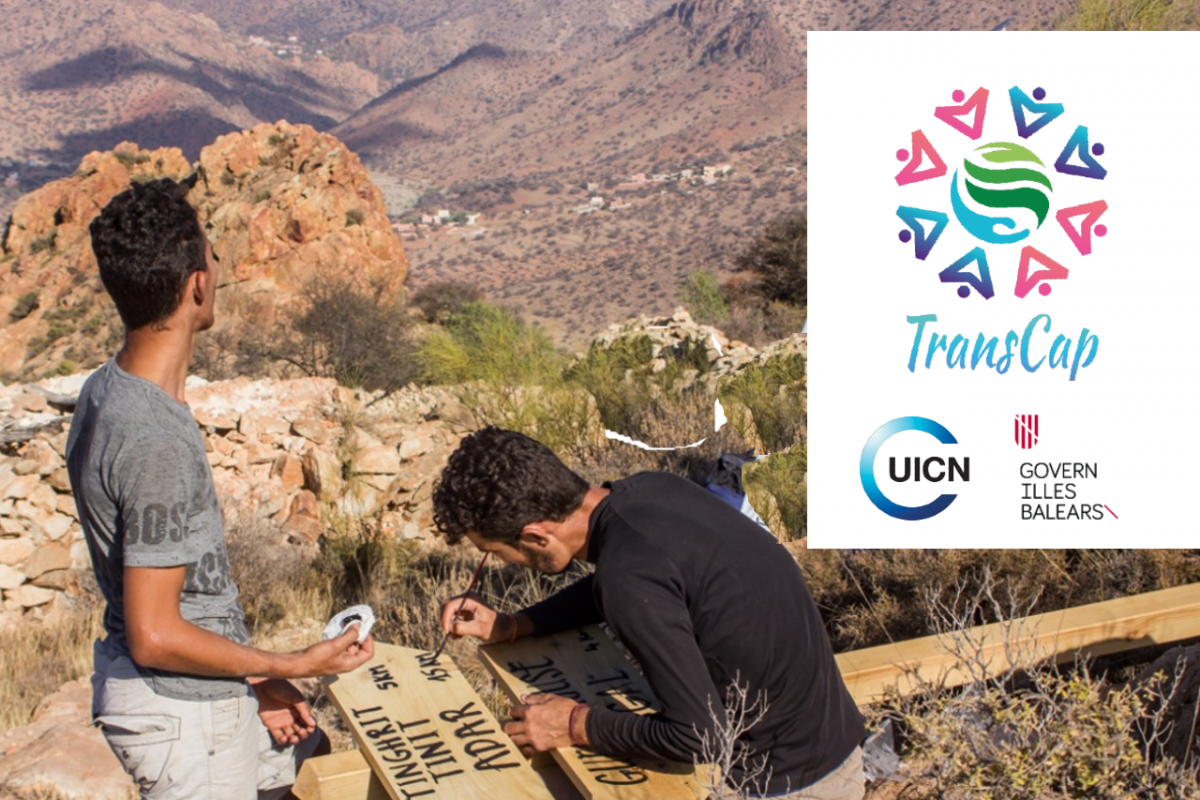Urban Sacred Natural Sites – A Call for Research
CEESP News -
By: Wendy Jackson and Alison Ormsby
Much has been written about sacred sites in urban areas, which tend to be human-built structures (e.g., churches, synagogues, mosques, shrines, monasteries, and burial sites). However, minimal attention has been given to sacred natural sites in urban areas.

Photo: Wendy Jackson (New Zealand Department of Conservation)
Wendy Jackson and Alison Ormsby (both CEESP members) recently published an article in Urban Ecosystems (DOI 10.1007/s11252-016-0623-4) on sacred natural sites (SNS) in urban settings. Much has been written about sacred sites in urban areas, which tend to be human-built structures (e.g., churches, synagogues, mosques, shrines, monasteries, and burial sites). However, minimal attention has been given to sacred natural sites in urban areas. These differ from human-built sacred sites in that they include biological features, on a variety of scales.
The authors undertook a preliminary survey of urban SNS around the globe, with the following key findings:
urban SNS may be connected to mainstream religions, such as Shinto shrines and Hindu ritual spaces; urban SNS exist where urban landscapes and cities have developed on indigenous land and associated sacred sites; and urban SNS face many of the same threats as SNS located in relatively rural or remote areas.
Given the lack of systematic study of urban SNS, the article recommends further research, including: undertaking inventories; assessing biological features and their possible contributions to conservation; assessing the possible contribution of these sites to wider strategies; examining possible management and protection options; and promoting linkages to relevant global initiatives.
If you know of examples of urban SNS, the authors would be grateful to hear from you:
Wendy Jackson: wjackson@doc.govt.nz
Alison Ormsby: aormsby@unca.edu



